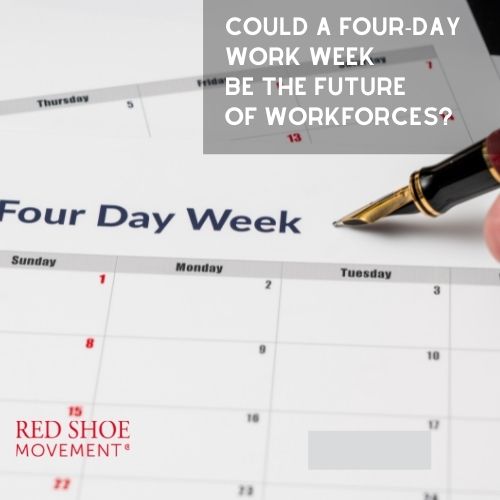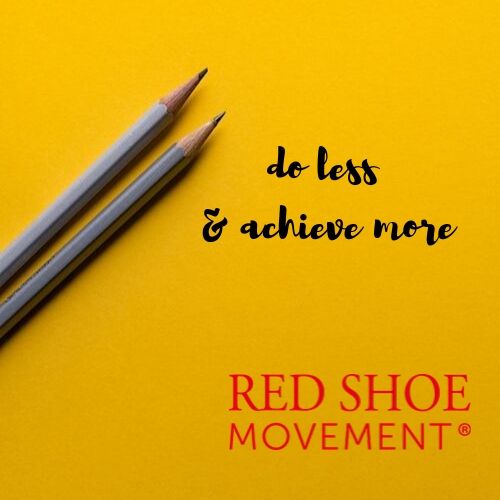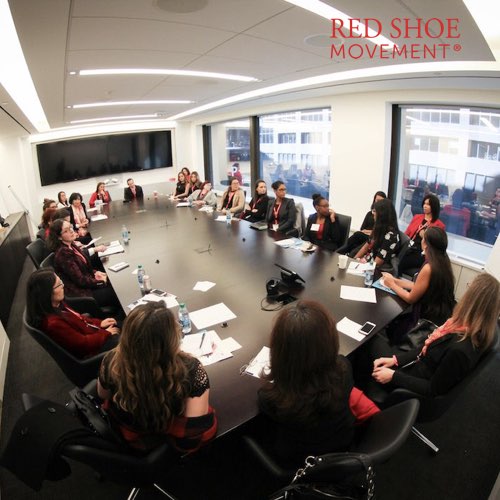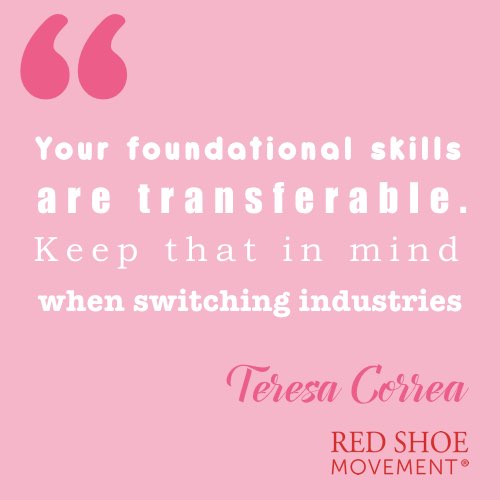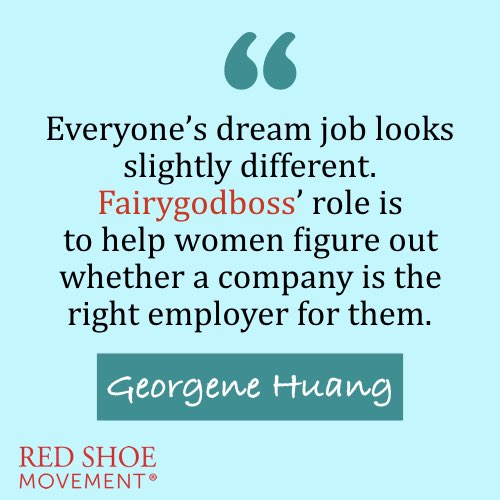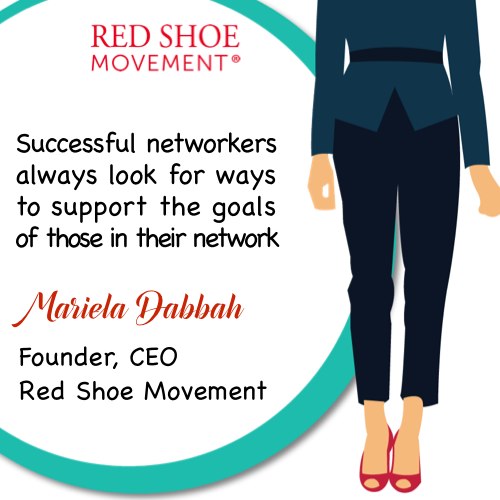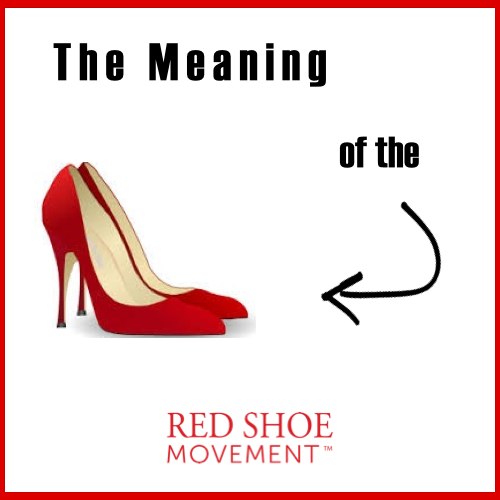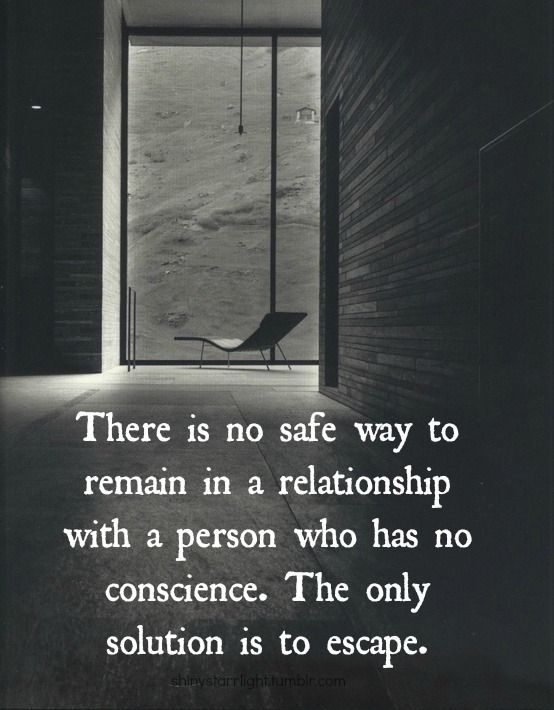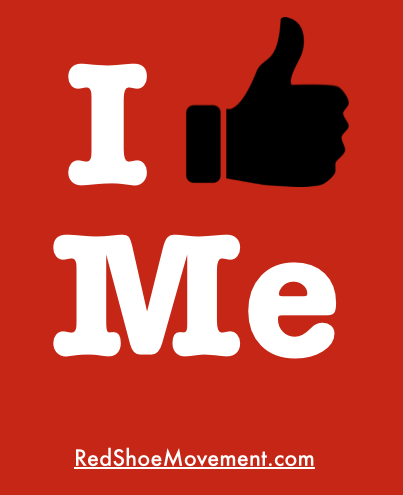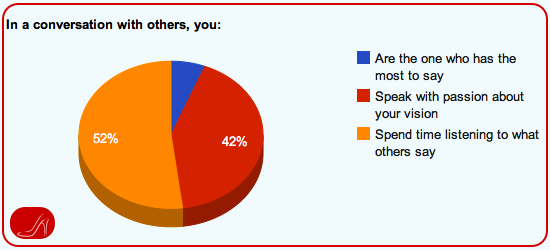By Mariela Dabbah
What traveling styles and leadership styles have in common
I recently traveled to Paris with a friend that I’ve known for over twenty years. Over all those years we had spent a lot of time with each other, but we had never traveled together. Although I knew her well, sharing ten days abroad clearly exposed me to her traveling style: She likes to be on the go, cover as much terrain as possible in one day and is absolutely inexhaustible. I, on the other hand, prefer a slower pace, so that I can absorb the place and its people better. I like to take a few hours in the morning and a few hours in the evening to write. I enjoy people watching while sipping an espresso and exploring small artistic shops where I get to talk to the owners.

We obviously have very different styles. Neither one is better than the other, but recognizing my style helps me design a satisfying trip. The same is true in business. Our unique leadership styles are forged with a combination of influences — From your upbringing, to your personality, training, experience and so on. What works for me might not work for you and vice versa. That’s why it’s unwise to try to emulate someone else’s style. Mary yells during her sales meeting to get people motivated? You might turn them off. James swears and promises to quit if he doesn’t get the promotion, and he actual gets the promotion? The same strategy might get you fired. And gender is not the only aspect at play here.
Leadership styles vary wildly from person to person

What comes across as authentic when one person does it comes across as being slightly off when you try it unless you have a similar style. This doesn’t mean that you and I can’t achieve the same goals. My persuasive style may be subtle and yours may be blunt, but at the end of the day what matters is that we can both get our teams to achieve outstanding results.

It can be hard for women to develop their leadership styles when there are few role models of women who lead with a feminine style. We’ve grown used to imitating men’s leadership styles and following their recommendations for successful leadership. But the truth is that more often than not these suggestions don’t work as well for women. If anything, they encourage you to give up some of your most valuable female traits.
When women try to step out of their personal leadership styles to be aggressive, hide their emotions, and have a laser focus on the bottom line while ignoring the human component of their organizations, they are harshly criticized. When they respect themselves and craft leadership styles that make use of all their valuable and unique traits, they are rewarded.
Identifying leadership styles that work for you
That means putting into the blender your education, training, and experience, and also adding your empathy, your consensus building skills, your compassion, and, yes, your emotions. And when we talk about leadership styles, it also means throwing into the blender the memory of the obstacles you overcame to get where you are, the unbelievable tasks you accomplished, and the long list of interests you have outside work. (Like your passion for leaving a better world for the next generation, and for food shows, Zumba, art auctions, and for anything that makes your life easier.) Pushing the “Mix” button on the blender will result in your unique leadership style, the one you must learn to identify, polish and cherish. It’s the one that will always work best for you, because it’s uniquely yours. Own it.































































